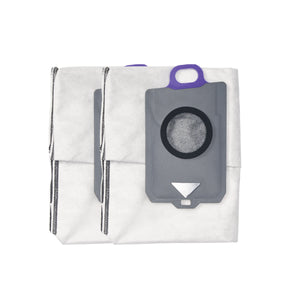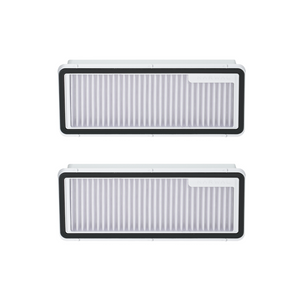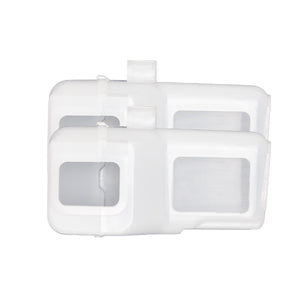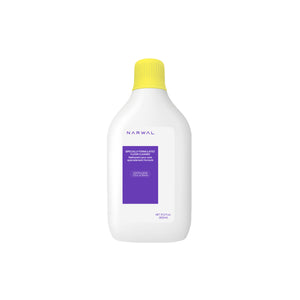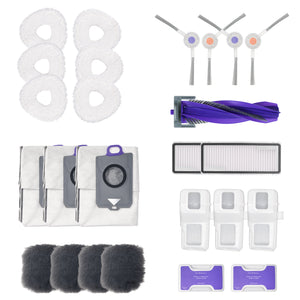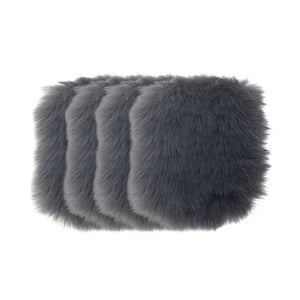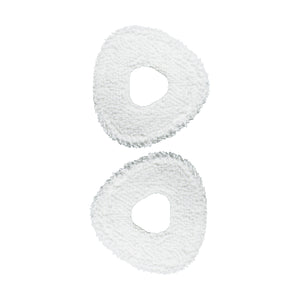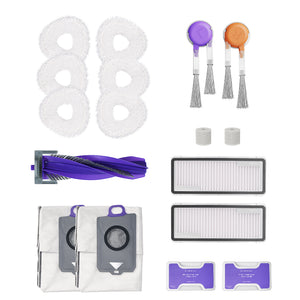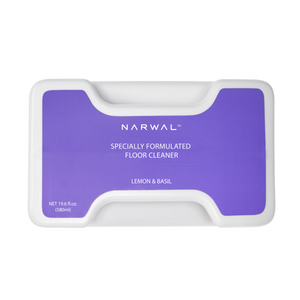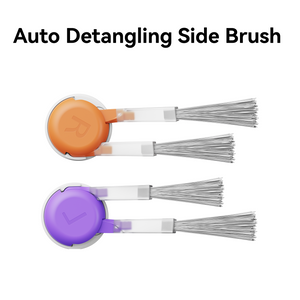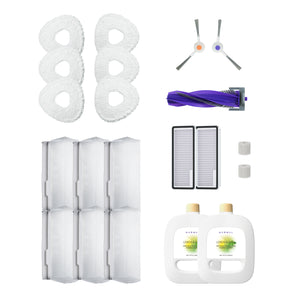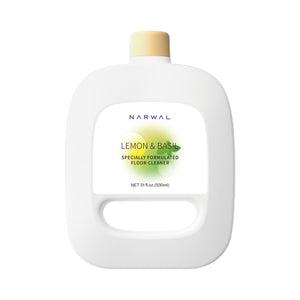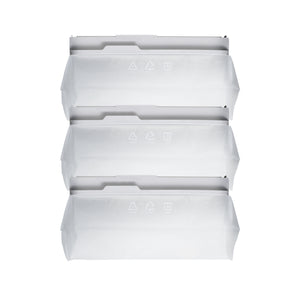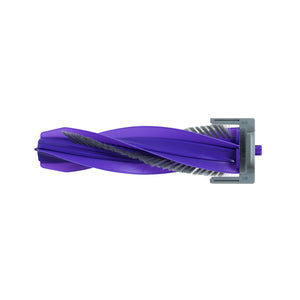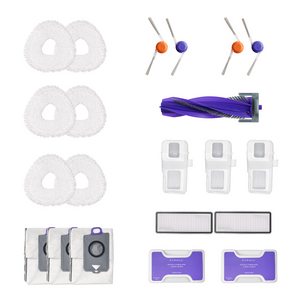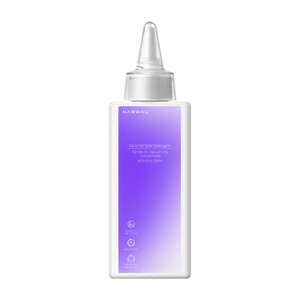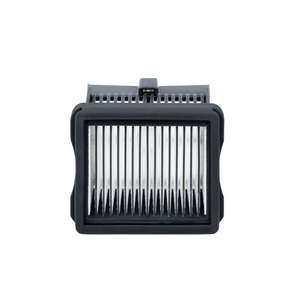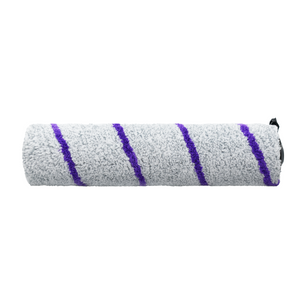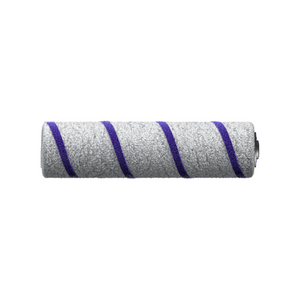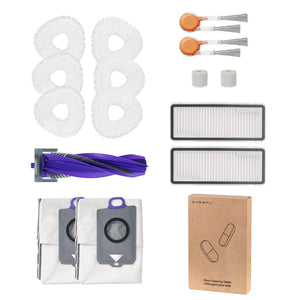Cleaning carpets without exposing your home to harsh chemicals is a challenge many families face. Strong cleaners may remove stains, but they can leave behind harmful residue, unpleasant smells, and long-term wear on your carpet. Eco friendly carpet cleaning offers a safer, smarter solution.
This article shows you how to clean your carpet with natural ingredients, how to apply them correctly, and when to avoid DIY methods. You’ll learn the key differences between eco and traditional cleaning, how to protect your carpet daily, and what to expect in terms of cost and results. Simple steps. Clear answers. Cleaner home.
How to Do Eco Carpet Cleaning Yourself?
You can clean your carpet at home using natural solutions, careful preparation, and a method that suits your specific flooring. Eco-friendly cleaning doesn’t require special equipment, just the right approach.
This section will help you understand what ingredients to consider, how to prepare safely, and what steps to follow to get effective results. You'll also learn when it's better to pause and reassess instead of rushing into cleaning.
Choose the Right Natural Ingredients
When cleaning your carpet the eco-friendly way, you don’t need special products. Most of what you need is already in your kitchen. The key is to use simple, safe ingredients that can remove dirt without harming your health or your carpet.
Here are the most common and useful natural ingredients:
-
Baking soda – Absorbs odors and helps lift surface stains. It’s safe on almost all carpet types.
-
White vinegar – Cuts through dirt and kills some bacteria. Works best when diluted with water.
-
Lemon juice – Useful for brightening and light stain removal. Avoid using it on dark carpets as it may fade color.
-
Mild dish soap – A small amount can break down grease or sticky messes. Choose one that’s biodegradable and unscented.
- Warm water – Helps activate other ingredients without damaging carpet fibers.
Can White Vinegar Be Used for Cleaning?
Yes, white vinegar can be used to clean most carpets, but it should not be used on wool or delicate fibers.
It helps break down stains, remove odors, and kill some bacteria. Always mix it with water before using. A common mix is one part vinegar to two parts warm water. Use a spray bottle to apply it lightly to the stained area, then blot with a clean cloth. Do not soak the carpet.
Test on a Small Area Before Applying
Before using any cleaner on your carpet, test it on a small hidden area first. This step helps you avoid color fading, fabric damage, or unwanted residue.
Choose a corner behind furniture or near the edge of the room. Apply a small amount of your cleaning mix using a cloth or spray. Wait at least 15 minutes, then blot with a clean, dry towel.
Check the spot for color changes, texture damage, or sticky feel. If everything looks and feels normal, you can safely clean the rest of the carpet. If not, adjust your solution or stop using it.
Skipping this step can lead to permanent stains or damage.
Step-by-Step Guide for DIY Eco Friendly Carpet Cleaning
-
Vacuum the Carpet Thoroughly
Start by removing all loose dirt, dust, and debris from the carpet. Use a vacuum for carpets, which has strong suction. Go over high-traffic areas twice. This helps prevent dirt from spreading when you apply moisture.
-
Apply Baking Soda to Treat Odors
Sprinkle a light, even layer of baking soda over the area you want to clean. Let it sit for 20 to 30 minutes. This allows the baking soda to absorb smells and begin loosening minor stains.
-
Prepare a Simple Cleaning Solution
In a spray bottle, mix equal parts white vinegar and warm water. Shake gently. This solution is effective for lifting dirt and breaking down residues without using harsh chemicals.
-
Mist the Area Lightly
Spray the vinegar solution over the baking soda. Aim for a light mist—do not soak the carpet. A bubbling reaction may appear, which helps release dirt from the fibers.
-
Gently Scrub the Carpet Surface
After 10 to 15 minutes, use a soft brush or cloth to scrub the area in small circles. This motion helps lift grime without damaging the carpet. If the stain is greasy, add a drop of mild dish soap to your solution before spraying.
-
Blot to Remove Moisture
Press a clean, dry towel onto the area to absorb excess liquid. Repeat with a second towel if needed. Avoid rubbing, as it can push the stain deeper.
-
Let the Carpet Dry Completely
Open a window or turn on a fan to help the area dry faster. Do not walk on the carpet until it is fully dry to avoid leaving marks.
-
Vacuum One More Time
Once dry, vacuum the cleaned area again to remove any remaining baking soda and restore the carpet’s texture.
This method is safe and effective for most synthetic carpets. Always test your solution on a small hidden spot before full application, especially if your carpet contains wool or other natural fibers.

When to Avoid DIY Methods?
Avoid cleaning your carpet yourself if the material is delicate, the stain is severe, or the situation needs professional tools.
Natural fibers like wool, silk, or jute do not react well to vinegar or moisture. These materials are sensitive and can shrink, fade, or become distorted if handled with the wrong cleaner. Always check the label or ask the manufacturer before applying any homemade solution.
Deep or stubborn stains are another case where DIY might cause more harm than good. Paint, ink, pet urine, and wine often soak deep into the carpet pad. If you scrub or use the wrong mixture, the stain can spread or set permanently.
You should also avoid DIY methods if your carpet covers a large area and hasn't been cleaned in years. Built-up dirt and residue often need strong extraction tools to remove fully. In these cases, calling a certified eco-friendly cleaning service is safer, faster, and more effective.
The Difference Between Eco Carpet Cleaning and Traditional Methods

Eco carpet cleaning relies on simple, plant-based or mineral-based ingredients. These include substances like baking soda, white vinegar, or biodegradable soap. Traditional methods use synthetic chemicals designed for fast stain removal, often with added fragrance or artificial brighteners.
In terms of safety, eco cleaning avoids toxins and is generally safe to use around children and pets. Traditional cleaners may contain ingredients that cause skin or breathing irritation, especially in enclosed spaces.
Equipment also differs. Eco methods often involve manual tools or low-moisture techniques. Traditional services may use heavy machines with strong detergents and hot water extraction.
From a maintenance angle, eco cleaning supports long-term carpet health by preserving fiber integrity. Some harsh chemicals in conventional cleaners can wear down fibers over time, especially with repeated use.
Finally, eco cleaning focuses on reducing waste and water use. It minimizes environmental impact, which is especially important in households that follow sustainable living habits.
How to Maintain Carpet Cleanliness Daily?

You can keep your carpet clean with simple habits that stop dirt before it settles. Daily care is about using the right tools, keeping air fresh, and controlling what enters your home.
A smart vacuum routine, good airflow, and clean entryways make a big difference. This section explains how to use Narwal vacuums, improve ventilation, block outside dirt, and plan deep cleanings to protect your carpet long-term.
Use Narwal Vacuums and Spot Treatments
Vacuum high-traffic areas daily and other spaces at least twice a week. Narwal vacuums clean efficiently with minimal effort. For spills, blot the area with a clean cloth and apply a mild, natural cleaner. Treat spots immediately to prevent stains from setting.
Reduce Indoor Pollutants with Proper Ventilation
Open windows daily to release moisture and freshen air. Use exhaust fans while cooking or showering to limit dust and mold buildup. Clean air reduces what settles into carpet fibers.
Prevent Dirt and Moisture from Entering
Place doormats at all entrances and clean them regularly. Ask family and guests to remove shoes indoors to stop soil and debris from reaching the carpet. In wet weather, use shoe trays or indoor slippers to keep moisture out.
Schedule Regular Deep Cleanings
Deep clean your carpet every six to twelve months, depending on foot traffic and indoor activity. Eco-friendly steam or low-moisture methods work best for long-term care. Regular deep cleaning removes what daily vacuuming cannot and helps extend carpet life.
FAQs About Eco Friendly Carpet Cleaning
How Much Does Carpet Cleaning Cost Per Square Foot?
Eco carpet cleaning usually costs between $0.25 and $0.50 per square foot.
Prices vary based on your location, carpet type, and the method used. Green services may cost slightly more than standard options, but they avoid harsh chemicals and often include safer, low-moisture techniques. Some companies also charge a flat rate for rooms instead of measuring by square foot.
Why Did My Carpet Turn Green After Cleaning?
If your carpet turned green, it may be a sign of leftover residue, moisture damage, or color bleed.
This often happens when too much water is used or when the carpet isn’t dried properly. In some cases, using the wrong cleaner can react with dyes in the carpet or underlay. Always test cleaners on a small area first and avoid soaking the fibers. If the color change is severe, it’s best to contact a professional.
Is It Better to Shampoo or Steam Clean Carpets?
Steam cleaning is generally better for most carpets, especially when using eco-friendly methods.
Shampooing uses more detergent and leaves behind more residue, which can attract dirt over time. Steam cleaning uses heat and water to lift deep stains with less chemical use. It also dries faster when done correctly. For routine cleaning, steam is safer, more efficient, and easier to pair with non-toxic solutions.

Eco Friendly Carpet Cleaning Protects Your Home and Health
Eco friendly carpet cleaning is practical, safe, and built for real homes. It removes dirt without risking your health, protects your carpet without wearing it down, and supports clean living without extra cost or effort.
If you're ready to clean smarter, Narwal can help. Its intelligent vacuum system fits perfectly into a low-maintenance, eco-focused routine. No harsh chemicals. No wasted motion. Just a cleaner home, made simple.





















